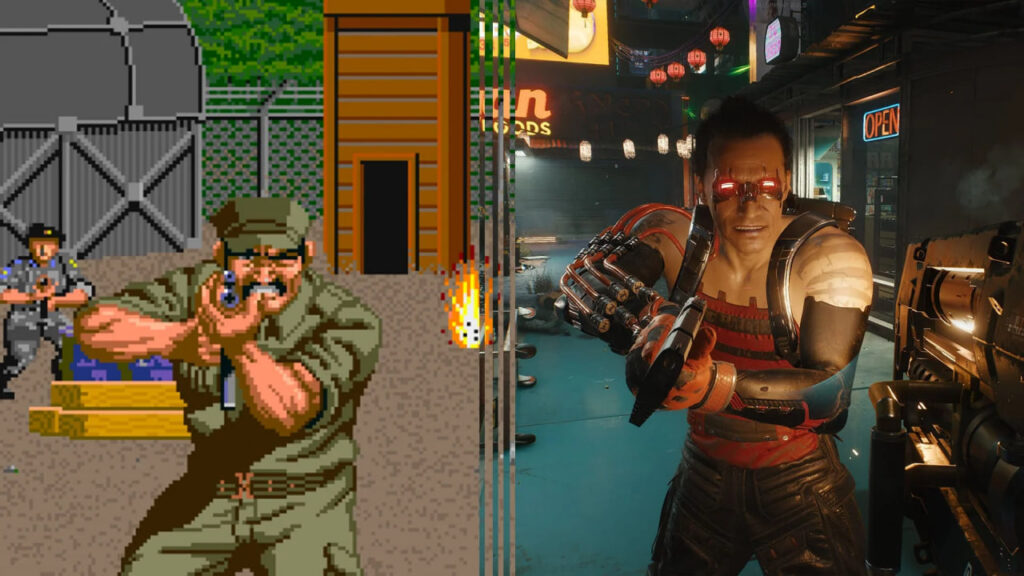Hey there, gamers! It’s Alex Thompson from PixelPulse. Today, I want to take you on a journey through the evolution of PC gaming graphics. From the pixelated days of the past to the stunningly realistic visuals of today, we’ve come a long way.
When I first started gaming, the graphics were simple and often consisted of basic shapes and colors. Games like “Pong” and “Pac-Man” were revolutionary for their time, but they were far from the immersive experiences we enjoy today. As technology advanced, so did the graphics. The introduction of 3D graphics in the 1990s was a game-changer, literally. Games like “Doom” and “Quake” showcased the potential of 3D environments, and gamers were hooked.
The early 2000s saw a significant leap in graphics technology with the advent of more powerful GPUs. Games like “Half-Life 2” and “Crysis” pushed the boundaries of what was possible, offering stunning visuals and immersive gameplay. The detail in textures, lighting, and shadows became more lifelike, and gamers were treated to increasingly realistic gaming experiences.
Fast forward to today, and we’re in the era of ray tracing, 4K resolution, and virtual reality. Games like “Cyberpunk 2077” and “Red Dead Redemption 2” showcase the pinnacle of modern graphics technology. The level of detail and realism is astonishing, and it’s only going to get better. As a gamer, I’m excited to see what the future holds for PC gaming graphics. Stay tuned for more insights and updates on PixelPulse!

